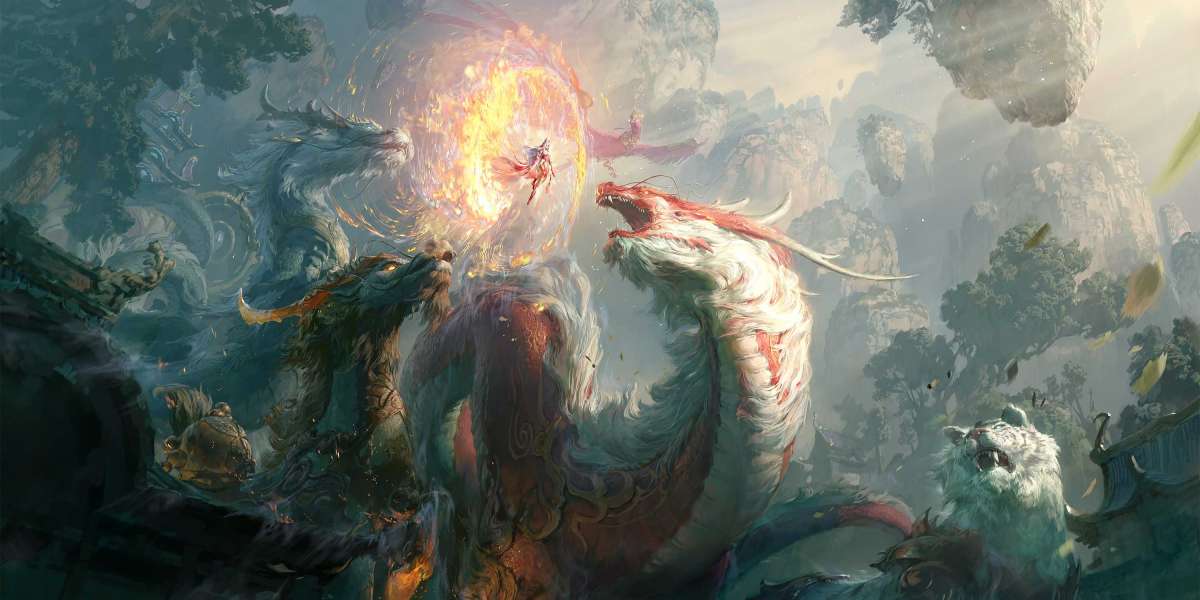Introduction:
In the early morning of August 13, 1961, the world awoke to a shocking and divisive event that would shape international relations for decades to come. The government of the German Democratic Republic (GDR), backed by the Soviet Union, initiated the construction of the Berlin Wall, an imposing barrier designed to keep East Germans from fleeing to the Western side of the city. This unprecedented move hammered the final nail in the coffin of the already divided Berlin, separating families, dividing communities, and symbolizing the profound ideological differences between East and West during the Cold War era.
Paragraph:
As the sun began to rise on that fateful day in September 1961, people living in East and West Berlin were unaware that their lives were about to change dramatically. The East German government, led by Walter Ulbricht, had planned the construction of a wall to halt the mass exodus of citizens from the GDR, who sought better opportunities in West Berlin or beyond. They saw this wall as a necessary measure to preserve their socialist regime's stability and economic viability.
Suddenly, construction workers, backed by armed police and military personnel, descended upon the streets of Berlin. Barbed wire fences were swiftly erected, separating neighborhoods, dividing streets, and ultimately splitting families apart. Brick by brick, the wall began to rise, seemingly overnight. At first, it was a crude structure - a makeshift barrier made of concrete, bricks, and barbed wire, but its significance was far-reaching.
Within a matter of days, the wall grew more formidable and impenetrable. Watchtowers equipped with searchlights and armed guards loomed over the barrier, reinforcing the message - no escape would be tolerated. Families were suddenly cut off from each other, unable to visit loved ones on the other side. Overnight, ordinary citizens became prisoners in their own city.
Images of people desperately clinging to the remaining fragments of freedom, leaping from windows or flying above the wall with homemade hot air balloons, captured the world's attention. The wall represented the essential divide between the democratic West and the communist East, a physical manifestation of the Cold War tensions. It stood as a stark symbol of the Iron Curtain that separated ideologies, economies, and entire societies.
The construction of the Berlin Wall evoked outrage and condemnation from the international community, but it also solidified the division of Germany and ensured the survival of the GDR for another three decades. Many considered the wall a grotesque symbol of oppression, but to others, it symbolized the necessity of protecting socialism from the perceived threats of capitalism and Western imperialism.
Conclusion:
The construction of the Berlin Wall in September 1961 marked a turning point in history, forever altering the lives of Berliners and reflecting the deep-rooted Cold War tensions between superpowers. It stands as a haunting reminder of the human desire for freedom and the lengths people will go to overcome barriers. The Berlin Wall's presence would endure for 28 years, with its eventual fall in 1989 becoming a momentous event celebrated as a victory for freedom, unity, and an end to a divided city.



